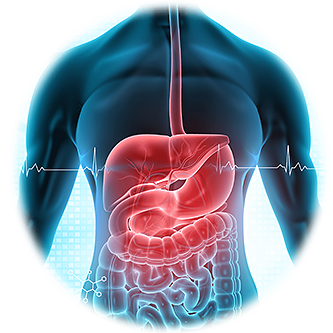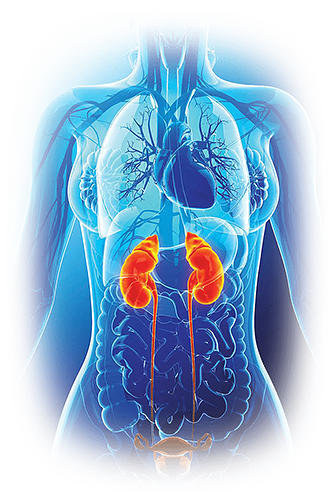Login
For Clinician Providers
For Clinician Providers
For Patients
The 2019 Nobel Prize in Physiology or Medicine has been awarded jointly to three physician-scientists for their discoveries of how cells sense and adapt to oxygen availability
Nobel Prize: How 2019’s winners are revolutionizing medicine
Viswanath Pilla
The 2019 Nobel Prize in Physiology or Medicine has been awarded jointly to three physician-scientists for their discoveries of how cells sense and adapt to oxygen availability.
The three scientists are William Kaelin, a cancer researcher at the Dana-Farber Cancer Institute in Boston, Massachusetts; Peter Ratcliffe, a physician-scientist at the University of Oxford, UK and the Francis Crick Institute in London; and Gregg Semenza, a geneticist at Johns Hopkins University, Maryland.
The team also won the Albert Lasker Basic Medical Research Award in 2016.
What exactly is their work that got Nobel Prize?
Much like a fireplace, our cells use oxygen combining with carbon to release energy.
Cells cannot store oxygen, so they require a constant supply. Oxygen is carried by red blood cells. If red blood cells are deficient, oxygen transport fails and cells die, leading to brain damage and death.
Interestingly, our body has a mechanism to sense low oxygen levels or hypoxia and increase red blood cell production.
The oxygen sensor is located in the kidney. When deprived of oxygen, the kidney secretes a protein called erythropoietin (EPO) that travels to the bone marrow where it stimulates production of new red blood cells. (Patients with kidney failure or on chemotherapy are given erythropoietin injections to boost their red blood cell count.)
But, the three scientists working in tandem demystified how kidney cells activate the EPO gene in response to oxygen deficiency and switch off the activation when oxygen supply is sufficient.
Unraveling the oxygen sensor
It was clear from the beginning that there must be a protein that activates EPO. The protein must bind to a piece of DNA near the gene called an enhancer.
Semenza identified the enhancer. He used the enhancer to purify the transcription factor and he named it hypoxia inducible factor or HIF. The transcription factors are proteins involved in the process of converting, or transcribing, DNA into RNA.
He found that the amount of HIF increases when cells are deprived of oxygen. HIF enters the nucleus where it activates the EPO gene.
Ratcliffe and Kaelin identified another protein, called VHL, responsible for destroying that protein (HIF) when oxygen levels are high, and so, together, the work of the three prizewinners reveals a molecular switch for responding to oxygen levels.
Ratcliffe and Kaelin explained that VHL binds to amino acids on HIF that have oxygen atoms attached to them. If these amino acids lack oxygen, VHL cannot destroy HIF and HIF will live to activate EPO. What attaches oxygen to HIF? There must be an enzyme. The two scientists have found the enzymes dioxygenases. Put together they have solved an important scientific puzzle.
If was found that HIF activates 200 other genes.
How will this be useful?
The discovery of oxygen-sensing pathway has huge implications in treating several diseases. It helps us understand about the diseases such as cancers that proliferate using the oxygen-sensing system to grow tumors and chronic kidney disease that leads to anemia.
Armed with this knowledge, pharmaceutical companies are developing drugs that can either suppress or activate this oxygen-sensing machinery.
The Chinese have went first by developing a drug called Roxadustat, to treatment of patients with kidney cancer.
The drug works by inhibiting or suppresses HIF.
The drug developed by FibroGen China has received approval in China for the treatment of anaemia caused by chronic kidney disease (CKD).
There are similar drugs that are now under development aiming to treat patients with heart disease and lung cancer who struggle with hypoxia. More experimental drugs are under development to prevent tumour growth in some cancers by choking oxygen supply.
Source



